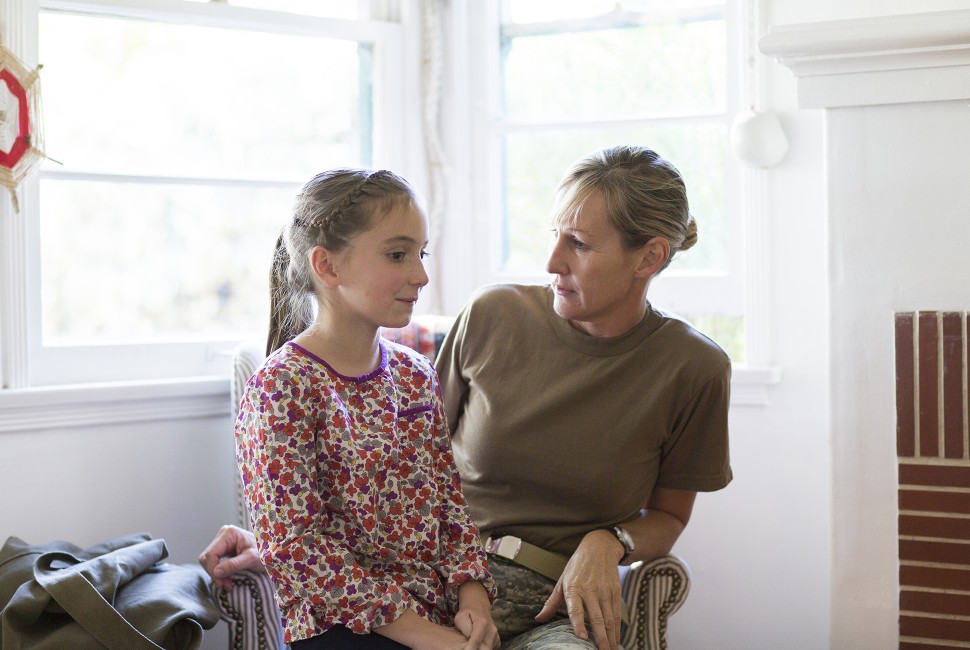Experts have long pointed out the need for white parents to have conversations that directly address racism with their children to reduce racial bias. But many parents fail to have these crucial discussions.
Psychology researchers at Northwestern University have published the first study to demonstrate the immediate effectiveness of a guided discussion task to promote parent-child conversations about racial bias in white U.S. families.
The researchers created a discussion guide that would support parents to have “color conscious” conversations with their children that would explicitly acknowledge the existence and history of racism, and its continued presence.
According to the study, parents who engaged in color conscious discussions with their 8- to 12-year-old child showed a significant decrease in anti-Black bias, and so did their children. However, even in conversations in which parents made comments that downplayed the importance of race or deflected blame away from white perpetrators of racism, the researchers saw reductions in bias.
“A lot of parents worry that talking to their kids about racism could increase their children’s biases, and they also feel like they don’t know how to do it,” said corresponding author Sylvia Perry. “Our key finding, however, was that when parents used color conscious language while discussing interpersonal racism, it was associated with a significant decrease in their child’s negative implicit biases toward Black people.”
Perry is an associate professor of psychology and principal investigator for the Social Cognition and Intergroup Processes Laboratory at Weinberg College of Arts and Sciences, and a faculty fellow at the Institute for Policy Research at Northwestern.
Perry said two questions prompted the research. First, if white parents and their children participated in a guided racism discussion task, would they have color conscious conversations? Second, if white parents and their children did have color conscious conversations, would children show a measurable decrease in their anti-Black biases following the conversation?
Guided discussion as a tool
The researchers recruited 84 self-described white parent-child pairs to participate in the study.
Parents were asked to start a conversation with their child after watching videos that depicted interactions between a white child and a Black child. The series of scenes featured overt prejudice, subtle prejudice or neutral interactions between the children. Parents were provided with suggested discussion prompts such as, “Why did the white child do what they did?” and “How do you think the Black child felt after it happened?” — intended to encourage parents and children to articulate whether racial prejudice had occurred and to consider the negative impact of racism on Black children.
Parents and children individually completed implicit association tests to measure their degree of anti-Black bias before and after the guided discussion task.
Using colorblind language
The researchers were surprised to find that even when parents used colorblind language in discussing the videos with their children, for example, saying, “Black and white people are all the same,” their children still showed reductions in their biases; the effects were just smaller.
Perry noted, however, that the observed decreases occurred while parents and children were participating in a guided racism discussion task designed to mitigate prejudice. While some families used colorblind language at some point during their discussion, most of those families also used color conscious language. Overall, 92% of parents and 95% of children, used color conscious language during the discussion.
The children's anti-Black biases showed a significant decline after completion of the discussion task. Children showed a moderate preference for white over Black individuals, with an implicit bias score of 0.41 before the task. After the discussion task, the score was reduced to 0.16, bringing them closer to little or no bias. Parents’ anti-Black biases also decreased significantly, from 0.53 to 0.34, after the discussion task.
Addressing subtle prejudice
Because subtle forms of prejudice have negative effects on the mental and physical health of Black individuals, Perry said it is a lost opportunity to engage only in conversations about blatant racism.
“Parents can help children confront the idea that being uncomfortable around a Black child is not only wrong, but should be attributed to the child who engages in that behavior in a way that holds them accountable for their prejudice,” Perry said.
Perry said children aged 8- to 12-years are psychologically and cognitively capable of having more challenging and complex conversations about things like racism. “During middle childhood kids are becoming less comfortable speaking about how they really feel in social groups and are more likely to impression manage and say, oh, I don’t think negatively about this group,” Perry said.
Perry noted, however, that even preschoolers are capable of having conversations about race, stating, “By preschool, children can reason about and understand concepts like fairness and racial inequality.” Perry added, “It is important for parents to start these conversations early because we know that around age three, children are already showing preferences for white over Black individuals.”


